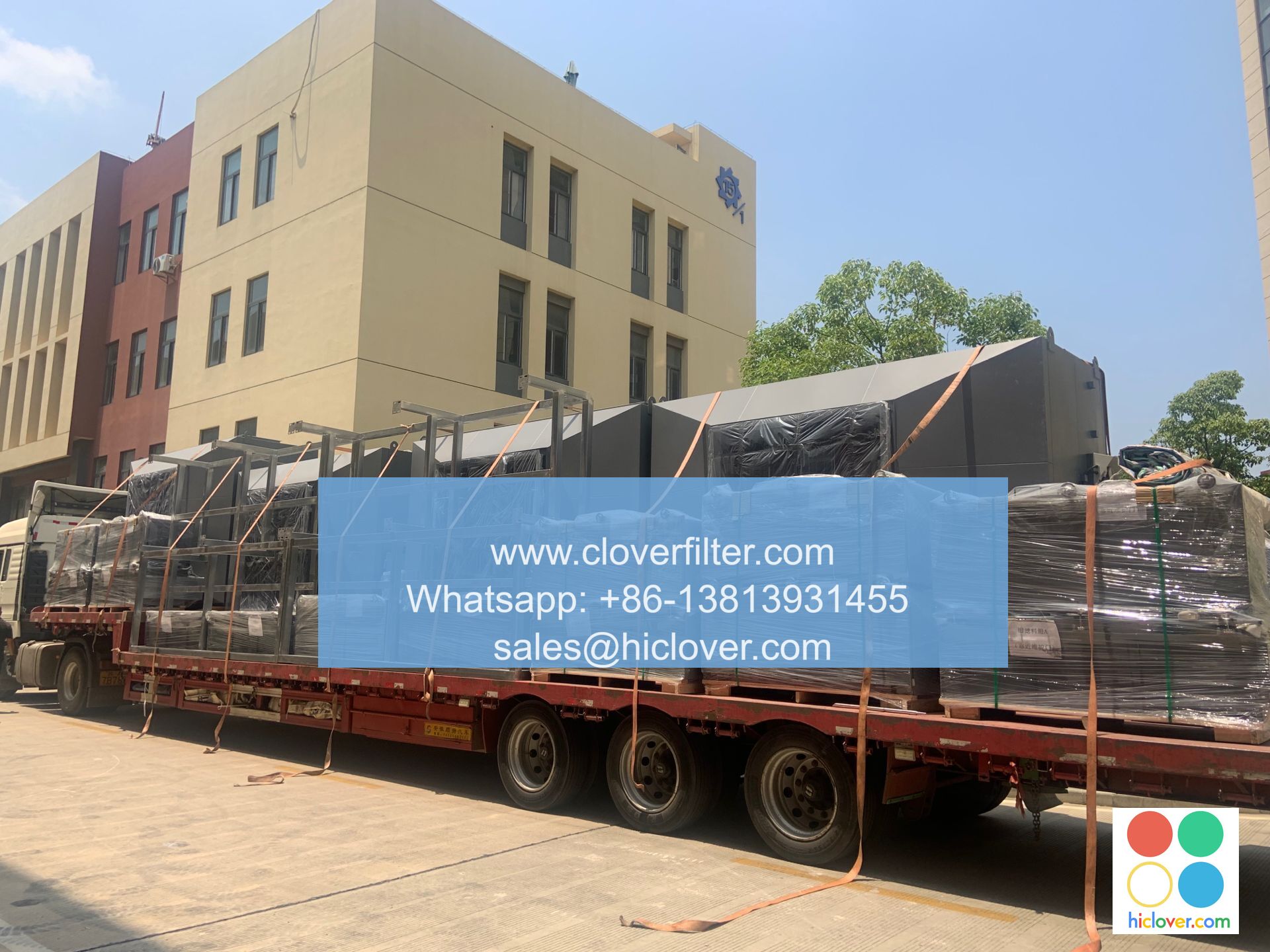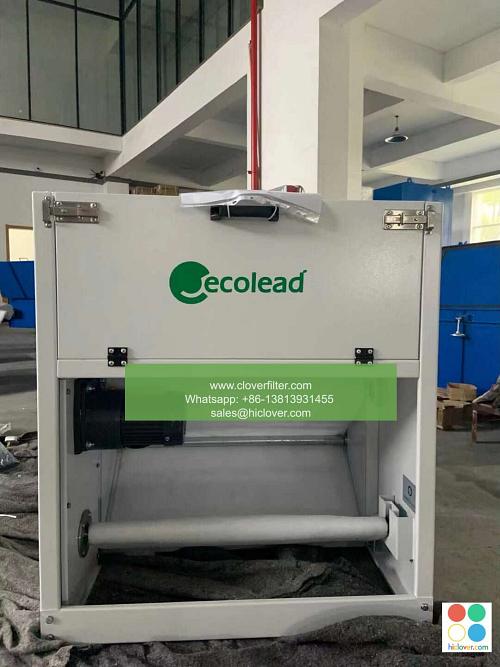Air Filter Rating Systems: How They Work

Air filter rating systems are crucial in determining the effectiveness of air filters in various applications, including industrial ventilation, commercial HVAC systems, and residential air purification. These rating systems help users select the right air filter for their specific needs, ensuring optimal air quality and energy efficiency. In this article, we will delve into the world of air filter rating systems, exploring how they work and their significance in different application areas.
What are Air Filter Rating Systems?
Air filter rating systems are standardized methods of evaluating the performance of air filters. These systems consider factors such as filter efficiency, airflow resistance, and filter life to provide a comprehensive assessment of an air filter’s capabilities. The most common air filter rating systems include:
* Minimum Efficiency Reporting Value (MERV): Developed by the American Society of Heating, Refrigerating, and Air-Conditioning Engineers (ASHRAE), MERV rates filters from 1 to 20, with higher ratings indicating better filtration efficiency.
* ASHRAE 52.2: This standard provides a framework for testing and rating air filters based on their particulate matter (PM) removal efficiency and airflow resistance.
* ISO 16890: This international standard provides a comprehensive rating system for air filters, considering factors such as filter efficiency, airflow rate, and filter pressure drop.
How Air Filter Rating Systems Work
Air filter rating systems work by evaluating the performance of air filters in various aspects, including:
* Filter Efficiency: This refers to the ability of an air filter to remove particulate matter (PM), gases, and odors from the air.
* Airflow Resistance: This measures the pressure drop across the filter, which affects the airflow rate and energy consumption of the system.
* Filter Life: This indicates the service life of the filter, taking into account factors such as dust loading and filter cleaning requirements.
By considering these factors, air filter rating systems provide a comprehensive evaluation of an air filter’s performance, enabling users to select the right filter for their specific application areas, such as:
* Industrial ventilation: Air filters with high MERV ratings are often used in industrial settings to remove hazardous particles and gases from the air.
* Commercial HVAC systems: Air filters with high ASHRAE 52.2 ratings are commonly used in commercial buildings to maintain good indoor air quality and energy efficiency.
* Residential air purification: Air filters with high ISO 16890 ratings are often used in residential settings to remove allergens, pollutants, and odors from the air.
Conclusion
In conclusion, air filter rating systems play a crucial role in evaluating the performance of air filters in various application areas. By understanding how these rating systems work, users can select the right air filter for their specific needs, ensuring optimal air quality, energy efficiency, and system performance. Whether you’re looking for industrial ventilation solutions, commercial HVAC systems, or residential air purification, air filter rating systems are an essential tool in making informed decisions about your air filtration needs. You haven’t given me a prompt to work with. What would you like to talk about or ask? I’ll do my best to provide a helpful and informative response.

